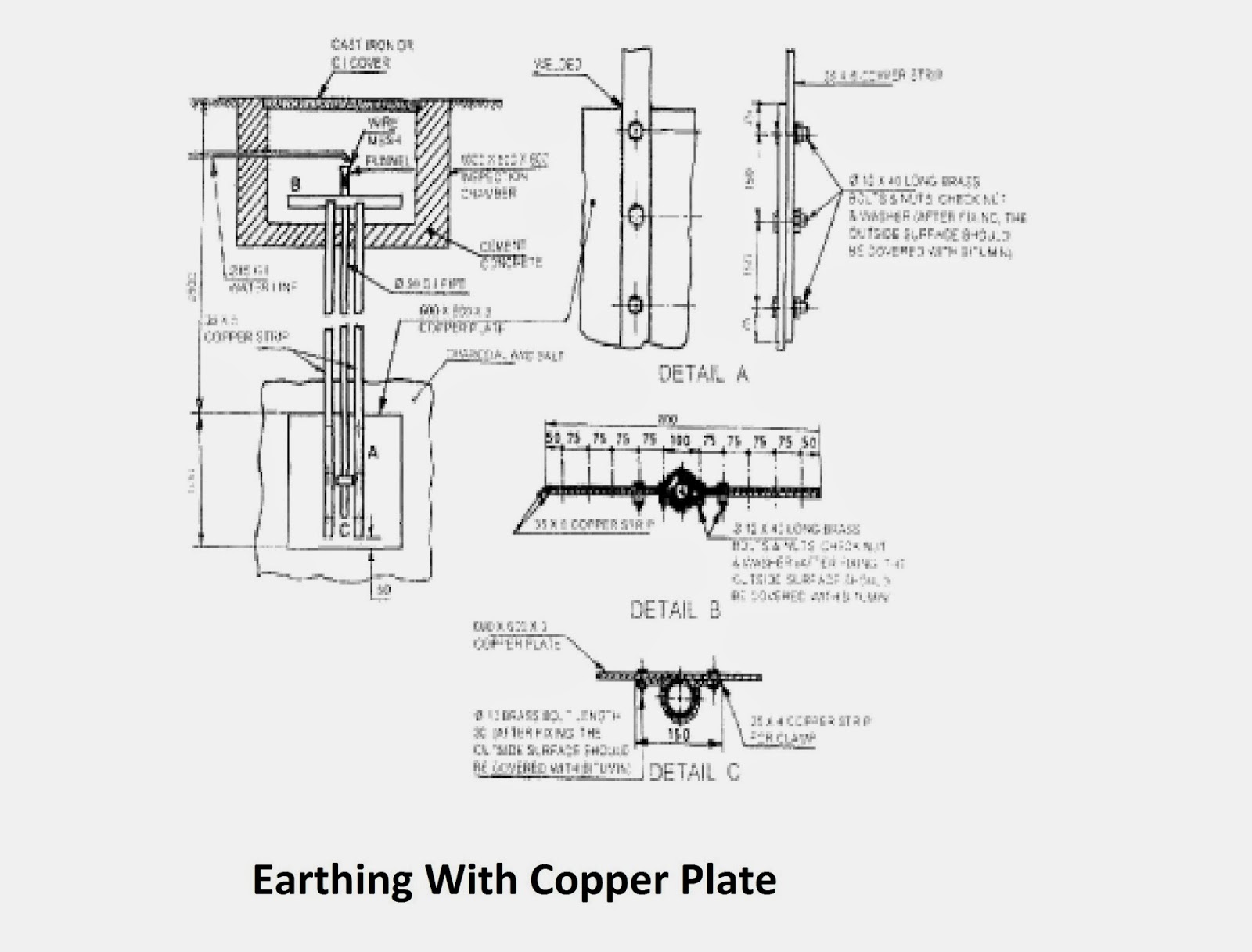Three phase Motor Insulation classes
Maximum allowable temperatures of various types of insulation
Insulation Class | Maximum Permissible temperature in Degree Celsius |
Y | 90 |
A | 120 |
B | 130 |
F | 155 |
H | 180 |
C | ABOVE 180 |
Insulation classes types are explained in details as below:-
1. Class-Y insulation: These type on insulations can Withstands a temperature of up to 90°C these type of insulations are made of Cotton, silk, or paper.
2. Class-A insulation: These type of insulations can Withstands a temperature of up to 105°C, these type of insulations are made from reinforced Class-Y materials with impregnated varnish or insulation oil. Insulation consists of materials such as cotton, silk, and paper when suitably impregnation or coated or when immersed in dielectric oil.
3. Class-E insulation: These types of insulation materials can Withstands a temperature of up to 120°C .
4. Class-B insulation: These type of insulations can Withstands a temperature of up to 130°C. This has a form that inorganic material is hardened with adhesives. These types of Insulations consist of materials or combinations of materials such as mica, fiber, asbestos, etc with suitable bonding, impregnation or coating substance.
5. Class-F insulation: These type of insulations can Withstands a temperature of up to 155°C these type of insulations consists of materials or combination of materials such as Mica, fiber, Asbestos etc. Actually these are made of Class-B materials that are upgraded with adhesives, silicone, and varnish of higher thermal endurance.
6. Class H insulation: These types of insulations can Withstands a temperature of up to 180°C. These types of insulations consist of inorganic material glued with silicone resin or adhesives of equivalent performance. These are also made Class-B Materials with suitable Impregnation or coating of Silicon resins or Adhesives.
7. Class-C insulation: These types of insulations can Withstands a temperature of up to 180°C or higher. This type of Insulation materials are made of 100% inorganic material. These type of Insulation consists of materials or combinations of materials such as mica, porcelain, glass quartz and asbestos without or with an inorganic binder
Thus we have studied details about insulation materials that are used in Motors. By adopting an insulation technique of higher thermal endurance, electric instruments can be downsized.
There is one small example which will tell you how important are motor insulations are in designing motors.
A motor operating at 180 Degrees Celsius will have an estimated life of
1. 250-300 hours with a Class A insulation
- 1500-1800 hours with Class B insulation
- 7000-8500 hours with Class F insulation
- More than 10000 of hours with Class H insulation
Class F Insulation is most commonly used for 50HZ Motors.
INSULATION RESISTANCE:-
The insulation resistance plays an important role in designing any motor and usually insulation resistance is affected by moisture and dirt that will play an important indicator of deterioration from such cause.
The insulation resistance may be measured by non-destructive test.
The resistance value may be read directly from mega ohmmeter or indirectly by calculation using voltmeter-ammeter method, or from voltmeter reading alone.
The insulation resistance values of DC machine are generally more sensitive to change in humidity than are those of AC winding, this might be due to greater number of leakage paths in the armature and fields of DC machines.
METHOD OF MEASUREMENT OF TEMPERATURE RISE BY RESISTANCE:-
The hot temperature is determined from the following formula:
T2 = R2 / R1 (T1 + 234.5) – 234.5
R1 = resistance of winding cold
R2 = resistance of winding hot
T1 = temperature of winding cold OC
T2 = temperature of winding hot OC
That temperature rise can be measured by installing temperature detectors during manufacturing of machines .These will be the form of thermo-couples or resistance thermometer.
This provide important details about any machine as during operation of motor if temperature rises after a prescribed limit then it can be very easy to identify any problem in motors.

Comments
Post a Comment